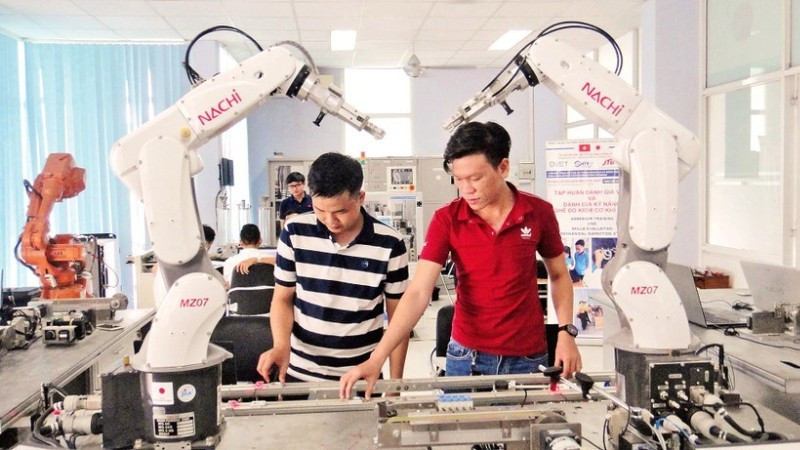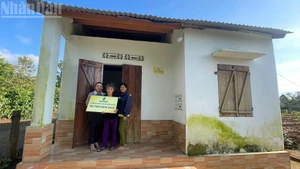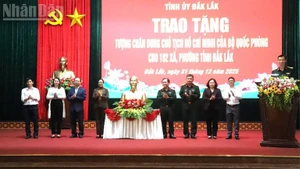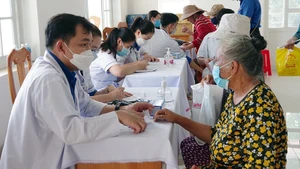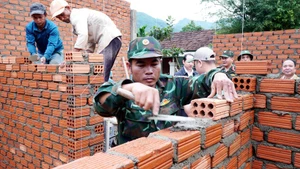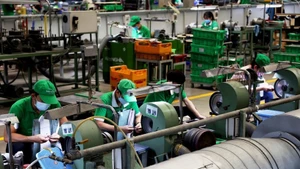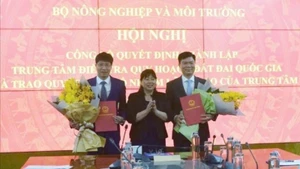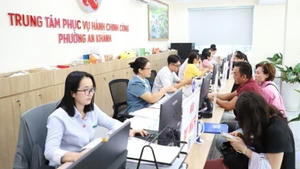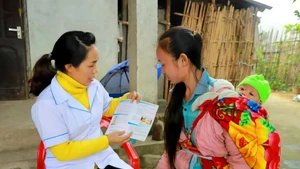The 13th National Congress of the Party identified human resource development, particularly high-quality human resources, as a strategic breakthrough. This is regarded as a decisive factor in accelerating the development and application of science and technology, restructuring the economy, transforming the growth model, and serving as the most crucial competitive advantage to ensure rapid, efficient and sustainable development.
Most recently, on August 22, 2025, General Secretary To Lam issued a Politburo resolution (Resolution No. 71-NQ/TW) on breakthroughs in education and training development. Resolution No. 71-NQ/TW emphasised that our country is standing before a historic opportunity for breakthrough development, and that the task of developing human resources is both highly important and urgent.
In recent years, Party committees at all levels have consistently prioritised the development of human resource quality. Many provincial Party committees in mountainous and border areas such as Cao Bang identified early on the need to strengthen high-quality human resources.
At the beginning of the 2020–2025 term, the Cao Bang Provincial Party Committee issued and implemented Programme No. 08-CTr/TU on building a contingent of key officials at all levels, especially at the strategic level who possess the necessary qualities, capabilities and prestige to meet the demands of their responsibilities; as well as on improving human resource quality, particularly in rural areas, to overcome constraints in human resource quality during the 2021–2025 period.
In the course of implementation, vocational education institutions in the province have developed and promulgated training plans for workers. Since 2021, vocational training has been provided to 25,692 rural workers, raising the rate of trained workers in the province from 46.6% in 2021 to 50.9% in 2024, with the rate of vocationally trained workers increasing from 34.4% in 2021 to 38.8% in 2024.
Approximately 80% of those completing training either found new employment or continued in their previous occupations with greater productivity and quality. The province has actively applied science, transferred technology and fostered innovation, especially by improving the capacity of management staff and teachers in scientific research, technology transfer, career guidance, entrepreneurship, and vocational education technology at training institutions. At present, Cao Bang has five study fields equipped with advanced modern facilities integrated into teaching, which quickly enhances workers’ skills and qualifications.
However, the reality in Cao Bang shows that the locality still lacks high-quality human resources, especially in healthcare, education, and science and technology. As a result, many potential strengths remain untapped, and numerous distinctive local products have yet to benefit from advanced technology application, leading to low economic efficiency.
Implementing the Party’s policies and the General Secretary’s directions, several local Party committee members have suggested the need for strong solutions to promote human resource quality improvement.
First and foremost, Party committees and organisations must raise awareness and thoroughly grasp the Party’s guiding viewpoints on the role and position of human resource development in the new period. Efforts should be focused on renewing recruitment mechanisms and giving prominence to talent in state management and administration.
Particular attention should be paid to the vigorous application of digital technology and artificial intelligence in education and training. This includes building intelligent education platforms, smart textbooks and curricula. In addition, it is also crucial to develop a national education and human resource information system interconnected with the labour and employment market information system, and integrate science, technology, and innovation data from educational institutions.
This is in line with the spirit of Politburo Resolution No. 57-NQ/TW on breakthroughs in science and technology development, innovation and national digital transformation, as well as Politburo Resolution No. 71-NQ/TW on breakthroughs in education and training development.
